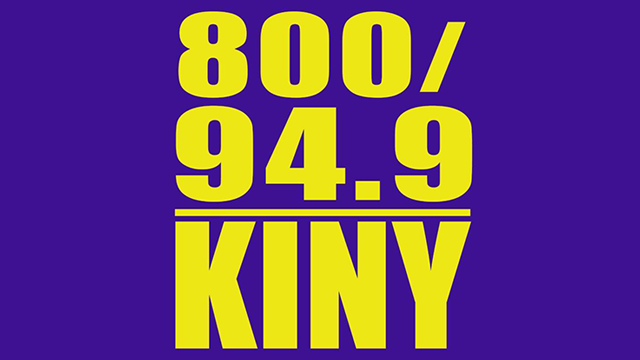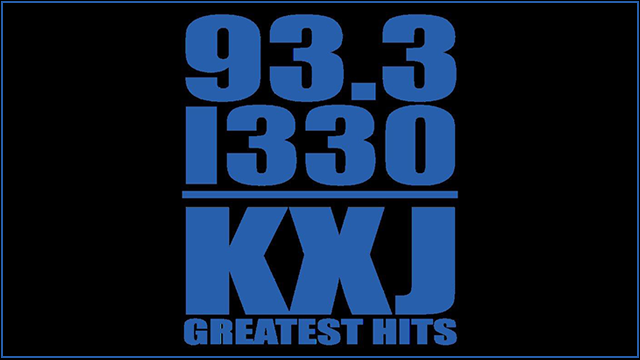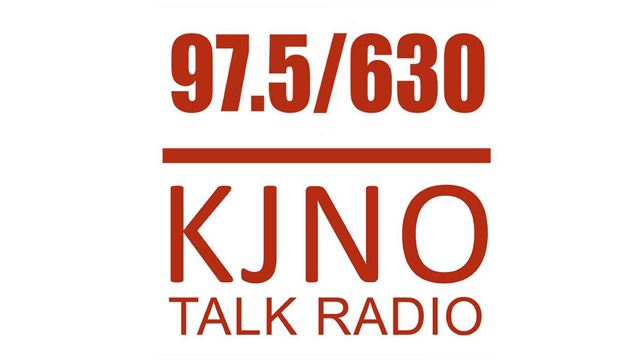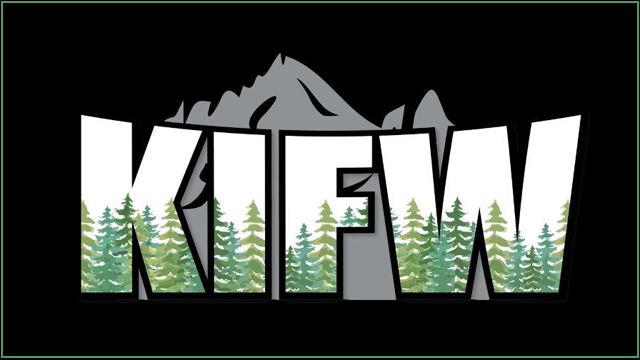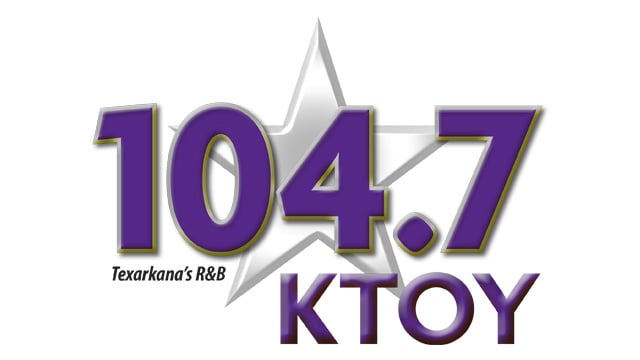By: Claire Stremple, Alaska Beacon

Supporters of education funding crowded a committee room on Feb. 5 and wore red pins that read “$1,413,” the number by which they would like to see the amount Alaska’s state government pays schools per student raised permanently this year.
They advocated for an increase to the base student allocation in a joint meeting of House and Senate education committees. But Gov. Mike Dunleavy and Education Commissioner Deena Bishop don’t endorse a permanent increase to the school funding formula, and have proposed targeted investments in certain areas.
Education administrators from across the state attempted to make the case that years of stagnant funding has damaged Alaska schools’ ability to hire and retain teachers — and that the high turnover rates are hurting Alaska’s students.
Lisa Parady, executive director for the Alaska Council of School Administrators, painted legislators a dire picture of hiring and retention woes. Department of Labor data shows teachers are leaving the state faster than they can be replaced.

“We are struggling in the worst crisis Alaska has ever seen in terms of turnover. We can’t recruit teachers. Fundamentally, that’s very important to high quality instruction,” she said. “This is an emergency at a level that we have never seen before in Alaska.”
Roy Getchell, superintendent of the Haines Borough School District, said his district would have to spend down its reserves by half if the proposed budget is enacted, which would make it financially precarious. The Government Finance Officers Association recommends one or two months of operating budget in a fund balance; his district currently has one month.
“I think that we’re all walking toward the cliff. Some are already there. But we’re all on the way,” he said.
Yukon-Koyukuk School District Chief Financial Officer Heather Heineken’s voice caught as she related that the neighboring Fairbanks North Star Borough School District may close two more schools and increase class sizes by about 15%. “I do have a stake in that as a family member,” she said. The district estimated class sizes could increase to 30 students per classroom in elementary school and 35 in high school.
In a Senate Majority press conference on Tuesday, lawmakers said the BSA increase it proposed last year is now too low.
Sen. Jesse Bjorkman, a Nikiski Republican and teacher, said that to keep districts from making cuts and taking educational opportunities away from kids, the BSA increase needs to be more than $680.
“Costs have increased. Costs for energy, costs for transportation. Insurance costs have skyrocketed, putting immense pressure on district budgets, and ultimately leaving less money available for the actual educating of our children,” he said.

He added: “There’s no sugarcoating. That’s the math. When you get bills, and the bills come due, these school districts have to have money in the bank to pay those bills. They don’t get to go and raise revenue or run a deficit to operate every year.”
Bishop did not throw her support behind an increase to the BSA, but rather a change to it. She said that, especially as pandemic relief funds come to an end this year, schools do need an investment. But she said it should be targeted.
“If it’s teachers, let’s invest in teachers if that’s the need. If it’s our smaller districts dealing with energy, let’s crack the energy nut,” she said.
Instead, Bishop said she would like to see other changes to the funding formula. This would be done through either an increase in or the addition of new factors in the formula. These factors, known as “multipliers,” are adjustments to the BSA. Examples of the existing multipliers include the size of schools and the number of students with special needs. They act as levers that drive the amount of money each district gets.
“The multipliers speak to specific investments we want to make. I think Alaskans should be very crystal clear on the investments they want to make, because I do believe public education is worth it. But I think we should be specific,” she said.
She suggested a reading multiplier that acknowledges the state’s efforts to have all third graders reading on grade level. She also pointed to the findings that came out of a multiyear teacher recruitment and retention effort contracted by the state that showed that competitive salaries and incentive payments were among the top things teachers value.
A bill from Dunleavy’s office, House Bill 106, proposes making payments directly to teachers. In a press conference on Thursday, he defended the strategy, which education administrators have said is insufficient to meet their needs.
“I would bet my retirement, if you just put money into BSA, there’ll be no change in performance. Because we’ve done that year after year,” he said. “Why don’t we target it to the problem we know we have: classroom teachers and retaining them. What’s wrong with that idea?”
The base student allocation has not been meaningfully raised in over a decade and Dunleavy’s proposed budget does not raise or lower it.

